Gochang-eup Sunghanok Village / 고창읍성한옥마을
3.2Km 2025-08-13
128, Dongni-ro, Gochang-eup, Gochang-gun, Jeonbuk-do
+82-63-563-9977
Festival de la Fortaleza Moyangseong de Gochang (고창모양성제)
3.3Km 2025-08-11
Moyangseong-ro 11, Gochang-eup, Gochang-gun, Jeonbuk-do.
063-560-2949
Fortaleza Gochangeupseong (고창읍성)
3.3Km 2024-12-04
Moyangseong-ro 1, Gochang-eup, Gochang-gun, Jeonbuk-do.
+82-63-560-8067
Es una fortaleza construida por el mismo pueblo de Gochang, dentro de la cual se encuentran muchos lugares que representan la dinastía Joseon. Es un buen lugar para observar la belleza de la arquitectura coreana, y en otoño se convierte en un excelente sitio para dar un lindo paseo junto a los coloridos árboles.
Antigua Residencia de Sin Jaehyo en Gochang (고창신재효고택)
3.4Km 2024-04-07
Dongni-ro 100, Gochang-eup, Gochang-gun, Jeonbuk-do.
+82-63-560-2943
Sin Jaehyo (1812-1884) fue un renombrado teórico de la música y promotor del pansori (ópera coreana). Pasó toda su vida en Gochang, desarrollando varias disciplinas, y se convirtió en maestro de pansori. También compiló y editó seis obras de pansori tituladas: Ttoggi Taryeong, Bak Taryeong, Simcheongga, Jeokbyeokga, Chunhyangga, y Garujigi Taryeong.
Museo del Pansori de Gochang (고창판소리박물관)
3.5Km 2024-04-06
Dongni-ro 100, Gochang-eup, Gochang-gun, Jeonbuk-do.
El Museo del Pansori de Gochang fue fundado en la antigua residencia de Dongni (seudónimo de Sin Jaehyo, un teórico de la música y promotor del pansori) en un intento de homenajear a los grandes cantores de pansori del pasado y preservar y desarrollar la tradición autóctona del pansori. De las habitaciones originales de la residencia, solo el sarangchae (espacio para recibir visitas) ha sido remodelado y abierto al público. Junto al sarangchae se encuentra el Dongni Gugakdang (Pabellón de la Música Tradicional Coreana). Más de 1.000 artículos relacionados al pansori y a sus grandes cantores se exhiben en el museo, incluyendo las posesiones de Sin Jaehyo. Este museo es un lugar que no deben perderse aquellos interesados en aprender más sobre el arte tradicional del pansori y vivir una experiencia de calidad.
Bujji (부찌)
4.0Km 2024-10-15
15, Seongsan 2-gil, Gochang-gun, Jeonbuk-do
+82-63-563-3626
This is a place where you can taste duck meat and the representative dish budaejjigae (spicy sausage stew). This Korean dishes restaurant is located in Gochang-gun, Jeollabuk-do. The most famous menu is sausage stew.
Museo de Dólmenes de Gochang (고창고인돌박물관)
8.0Km 2024-04-07
Goindolgongwon-gil 74, Gochang-eup, Gochang-gun, Jeonbuk-do.
+82-63-560-8666
En este lugar, los visitantes pueden observar restos arqueológicos de la Edad del Bronce, artefactos de diferentes culturas del mundo y sus dólmenes. El museo cuenta con muchísimas salas de exposición. En el piso 3, los visitantes pueden disfrutar de diferentes actividades como hacer fogatas, dibujar murales, hacer su propio dolmen, etc. También hay zonas especiales para tomar fotografías.
Dólmenes de Gochang (고창 고인돌 유적) [Patrimonio Cultural de la Humanidad de la Unesco]
8.4Km 2024-11-11
Juknim-ri, Gochang-eup, Gochang-gun, Jeonbuk-do.
El noreste de Asia es muy famoso por sus innumerables dólmenes antiguos y en Corea se encuentran aproximadamente 30.000 de estos tesoros arqueológicos. Solo en la región de Gochang, Jeonbuk-do, hay 447 dólmenes y es la zona con más dólmenes en comparación con Hwasun y Ganghwa. Aquí se pueden observar distintos tamaños y pesos de dólmenes que llegan hasta las 300 toneladas. Por la presencia de estos monumentos, se puede saber que Gochang era una zona habitada desde la Edad del Bronce. El 29 de noviembre de 2000 fue declarado como Patrimonio de la Humanidad por la Unesco.
Humedal Ramsar de Umgok en Gochang (고창 운곡람사르습지)
8.9Km 2024-04-06
Ungokseowon-gil 362, Asan-myeon, Gochang-gun, Jeonbuk-do
El Humedal Ramsar de Ungok, registrado como Humedal Ramsar en 2011, alberga especies en peligro de extinción y varios animales y flores exóticas. El humedal también cuenta con 4 recorridos diferentes que llevan a los visitantes por todo el humedal. La Ruta 1 dura aprox. 50 min y tiene una longitud de 3,6 km. La Ruta 2 dura aprox. 2 h 30 min y tiene una longitud de 9,5 km. La Ruta 3, la más larga de todas, dura aprox. 3 h 30 min y tiene 10,2 km de largo. Y por último, la Ruta 4 dura aprox. 2 h 50 min y tiene 10,1 km de recorrido.
Baegyang Tourist Hotel (백양관광호텔)
12.6Km 2025-01-02
941, Baegyang-ro, Jangseong-gun, Jeollanam-do
+82-61-392-2114
Baegyang Tourist Hotel is located next to Baegyangsa Temple at the foothills of Naejangsan Mountain. The rooms offer beautiful views of nature all year round, with some rooms showing the magnificent mountain while others showing a bird's-eye-view of the hotel's garden. The hotel is perfect for family vacations and business trips.
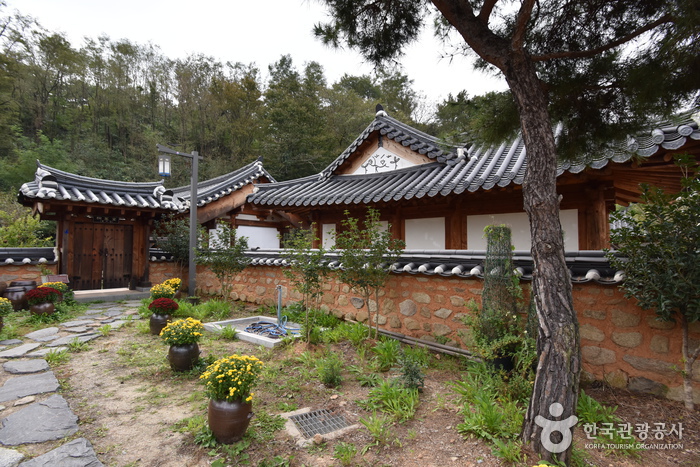
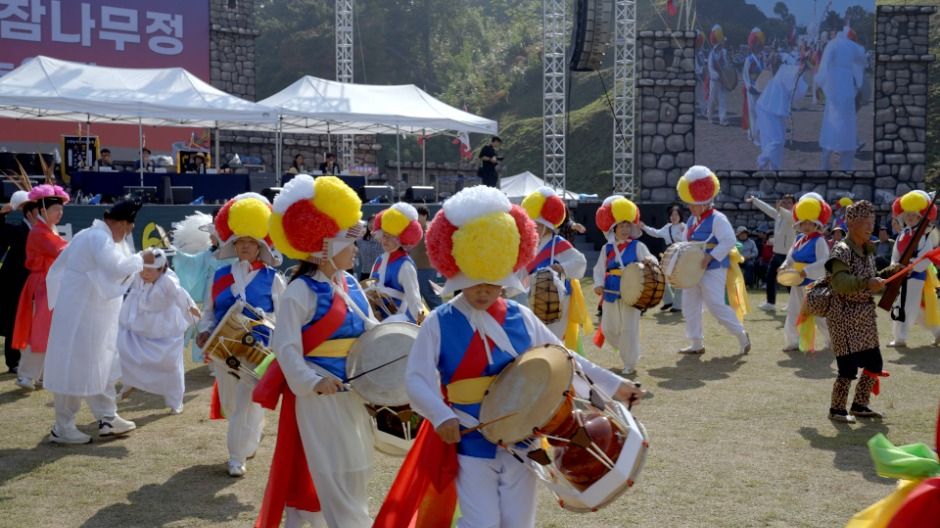
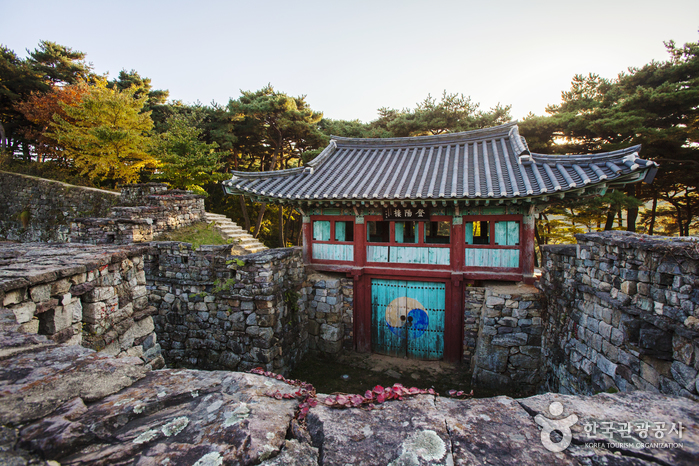
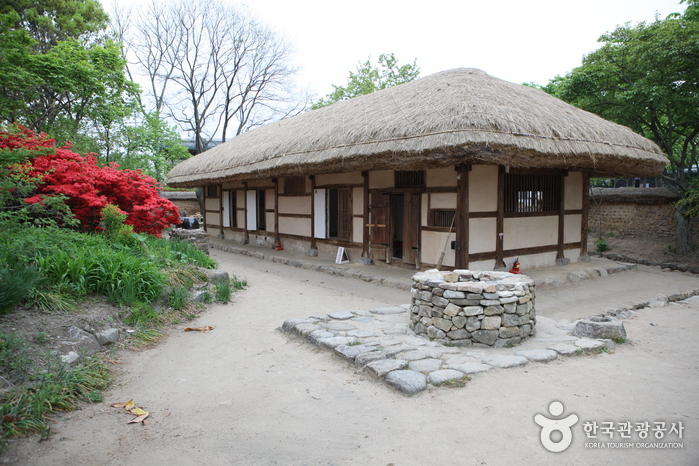
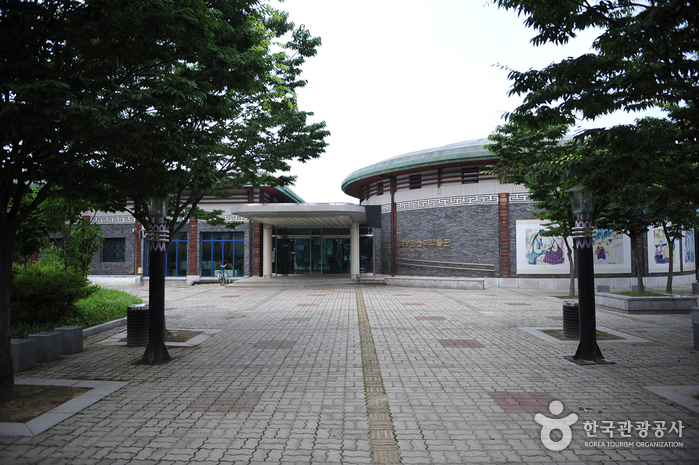
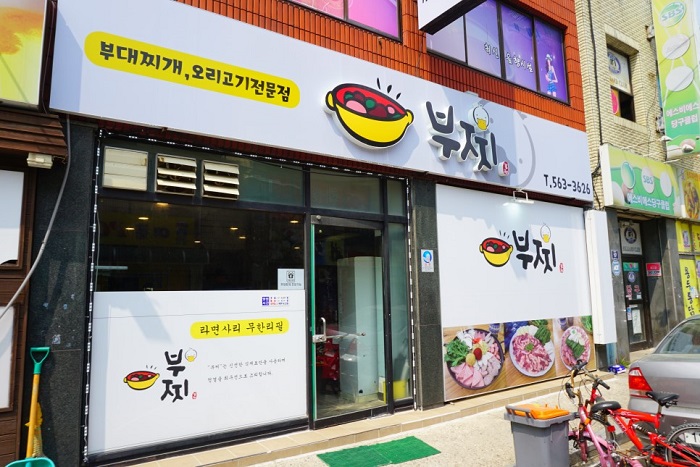
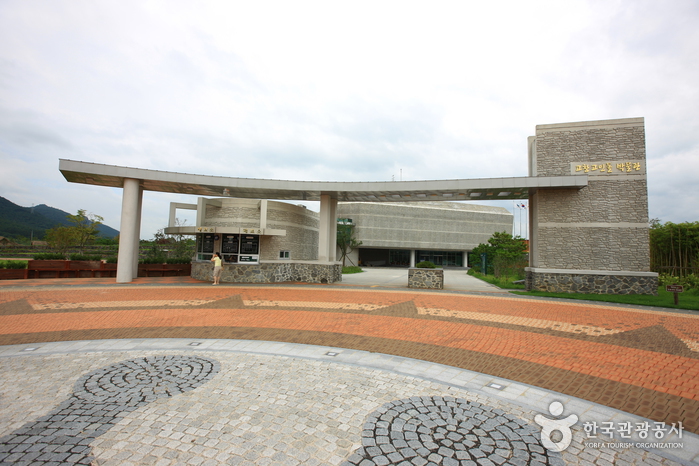
![Dólmenes de Gochang (고창 고인돌 유적) [Patrimonio Cultural de la Humanidad de la Unesco]](http://tong.visitkorea.or.kr/cms/resource/22/3018322_image2_1.jpg)

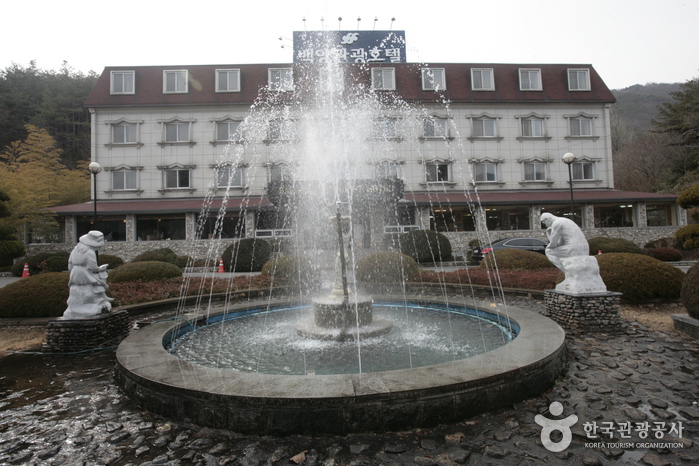
 Español
Español
 한국어
한국어 English
English 日本語
日本語 中文(简体)
中文(简体) Deutsch
Deutsch Français
Français Русский
Русский